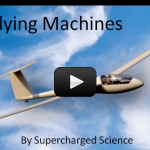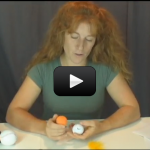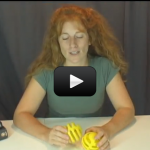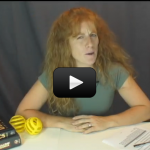Galileo was actually one of the first people to do science experiment on gravity.Galileo soon figured out that objects could be the same shape and different weights (think of a golf ball and a ping pong ball), and they will still fall the same. It was only how they interacted with the air that caused the fall rate to change. By studying ramps (and not just dropping things), he could measure how long things took to drop using not a stopwatch but a water clock (imagine having a sink that regularly dripped once per second). Let’s learn more about gravity right now.
[am4show have='p8;p9;p11;p38;p72;p77;p92;' guest_error='Guest error message' user_error='User error message' ]
Whenever I teach a class about gravity, I’ll drop something (usually something large). After the heads whip around, I ask the hard question: “Why did it fall?”
You already know the answer – gravity. But why? Why does gravity pull things down, not up? And when did people first start noticing that we stick to the surface of the planet and not float up into the sky? No one can tell you why gravity is - that’s just the way the universe is wired. Gravitation is a natural thing that happens when you have mass.
You already know the answer – gravity. But why? Why does gravity pull things down, not up? And when did people first start noticing that we stick to the surface of the planet and not float up into the sky? No one can tell you why gravity is - that’s just the way the universe is wired. Gravitation is a natural thing that happens when you have mass.
Scientific Concepts:
- Gravity is a force that attracts things to one another.
- All bodies (objects) have a gravitational field.
- The larger a body is, the greater the strength of the gravitational field.
- Bodies must be very, very large before they exert any noticeable gravitational field.
- Gravity accelerates all things equally. Which means all things speed up the same amount as they fall.
- Gravity does not care what size things are or whether things are moving. All things are accelerated towards the Earth at the same rate of speed.
- Gravity does pull on things differently. Gravity is pulling greater on objects that weigh more.
- Weight is a measure of how much gravity is pulling on an object.
- Mass is a measure of how much matter (how many atoms) make up an object.
[/am4show]





